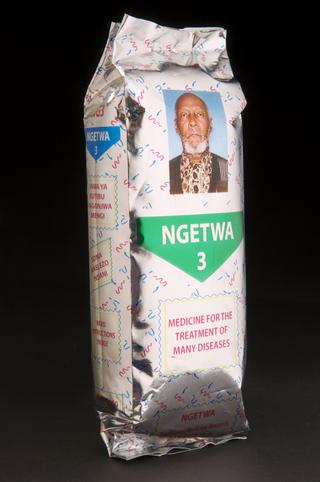
Mother and child statue
- maker:
- Yombe people

Wooden effigy of mother and child to help in childbirth and keep evil spirits from children, made by Ma-Yombe, Congolese, 1880-1920
Phemba is the term given to mother and child statues made by the Yombe people of the Democratic Republic of Congo. This statue of a breastfeeding mother is made of wood. It has markings considered to be of great beauty and high status within Yombe culture. She has the chipped front teeth and scarified skin. Scarification is where traditional designs are cut into the skin and irritant substances are rubbed in. This causes the skin to form raised markings called keloids. This form of body modification is common in many African societies. The mother’s cross-legged pose and patterned skull cap called a ‘mpu’ indicate her high rank.
Phemba are ancestral statues representing the founding mother of the Yombe tribe. Phemba may also be associated with maternity groups and fertility rites, and therefore enhance fertility. The Yombe is a matrilineal society, meaning descent follows the mother’s line rather than the father’s as in Western societies, so mother figures are important.
Details
- Category:
- Ethnography and Folk Medicine
- Collection:
- Sir Henry Wellcome's Museum Collection
- Object Number:
- A221839
- Measurements:
-
overall: 330 mm x 120 mm x 115 mm, .74 kg
- type:
- statue
- credit:
- Glendining




